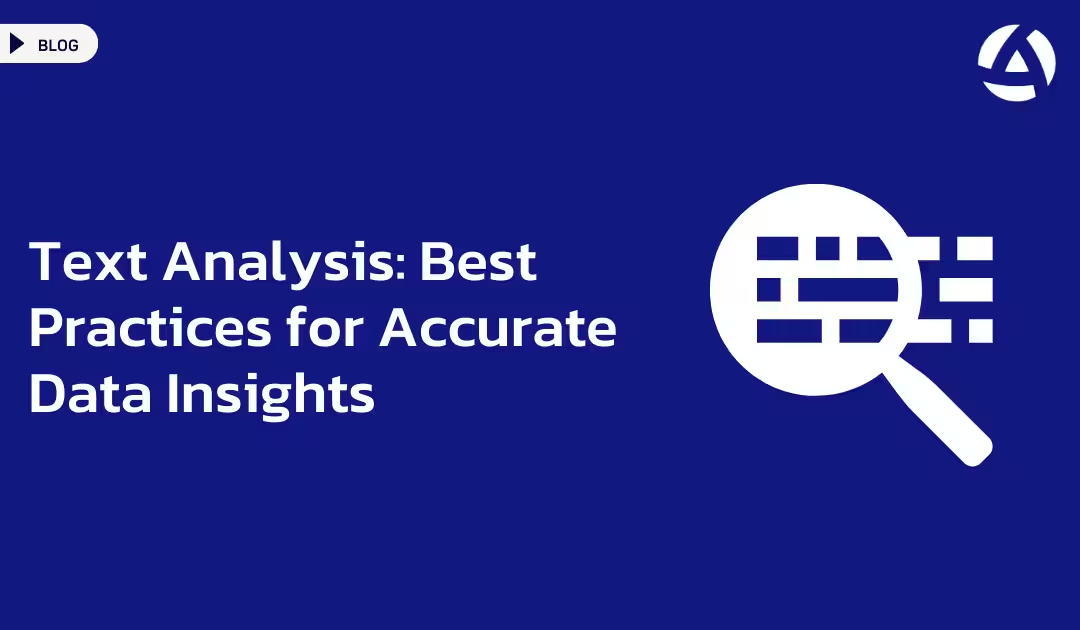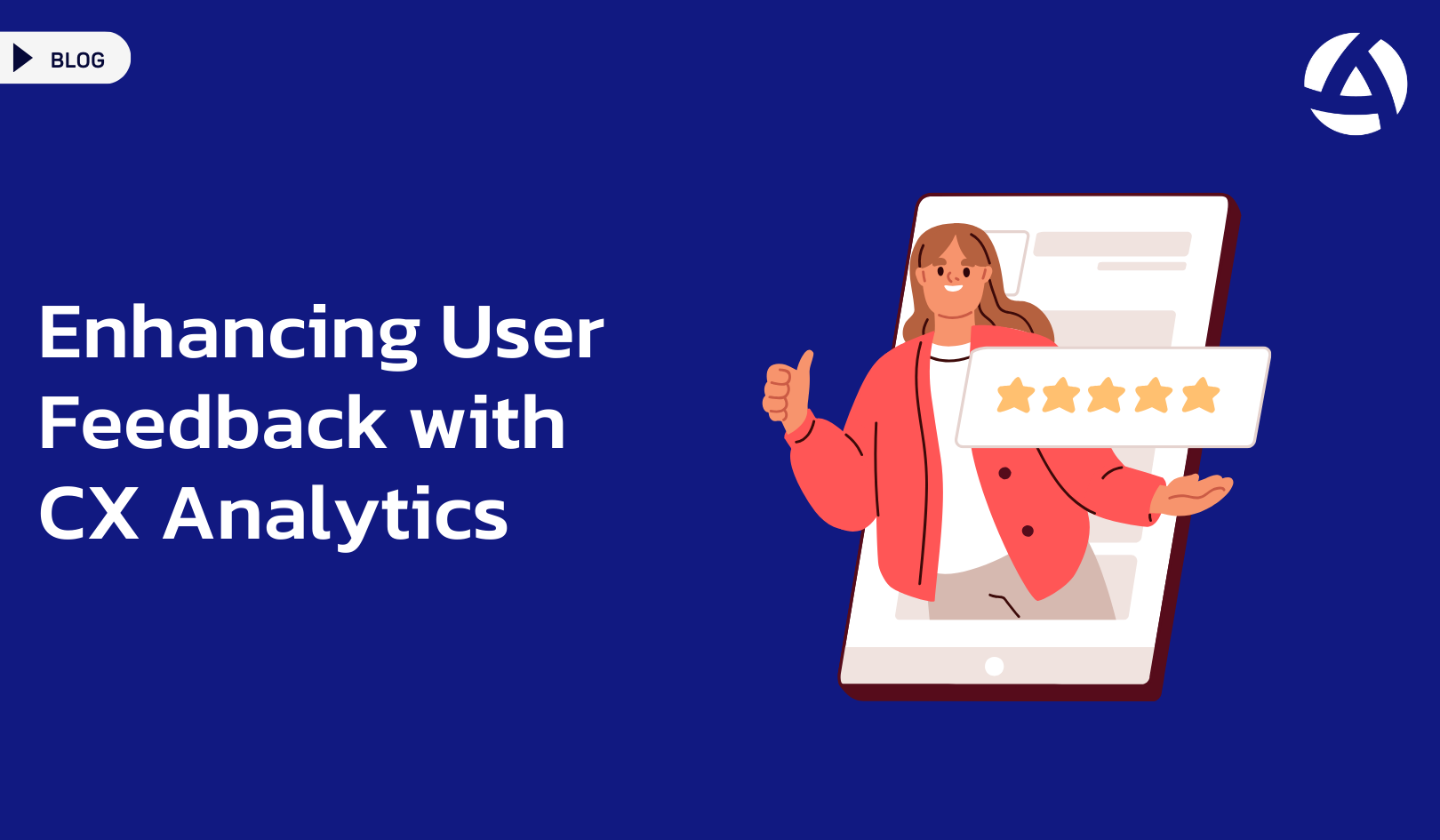Text analysis is an essential tool for businesses seeking to extract valuable insights from unstructured data. By processing large volumes of text, companies can better understand trends, customer feedback, and operational issues. However, to make the most of this process, it’s important to follow best practices that ensure accuracy and efficiency.
Understanding Text Analysis
Text analysis refers to the use of natural language processing (NLP) techniques to analyze written or spoken language. This allows businesses to automate the understanding of content and detect key patterns in communication. Whether it’s customer feedback, product reviews, or social media mentions, text analysis helps turn raw data into actionable insights.
Best Practices for Conducting Text Analysis
To achieve effective text analysis, businesses need to adhere to several key practices that improve data processing and insight generation.
Define Your Objectives Clearly
Before starting any text analysis project, it’s important to clearly define the goals. These could range from identifying customer sentiment to detecting emerging trends or tracking product issues. Knowing your objectives helps ensure the analysis is aligned with the insights you want to gather.
Pre-Process Data for Accuracy
Text data is often messy and filled with noise. Pre-processing the data helps clean and standardize it, leading to better results. Consider these steps:
- Remove irrelevant content like special characters, numbers, and URLs.
- Normalize text by converting all data to lowercase and removing punctuation.
- Lemmatize words to bring them to their base form (e.g., “running” becomes “run”). A well-cleaned dataset improves the accuracy of text analysis algorithms.
Use the Right Tools and Algorithms
There are different tools and algorithms available for text analysis, each suited to specific use cases. Some options include:
- Rule-based systems that rely on predefined patterns and keywords.
- Machine learning models that learn from data and predict patterns.
Hybrid approaches that combine rules with machine learning for enhanced flexibility.
Selecting the right tool depends on your data size, complexity, and specific business needs.

Frequently Asked Questions
What kind of data can be analyzed using text analysis?
TA can process various forms of unstructured text data, including customer reviews, social media posts, support tickets, emails, survey responses, and any other form of written communication. This makes it a versatile tool for gaining insights from a wide range of customer interactions.




